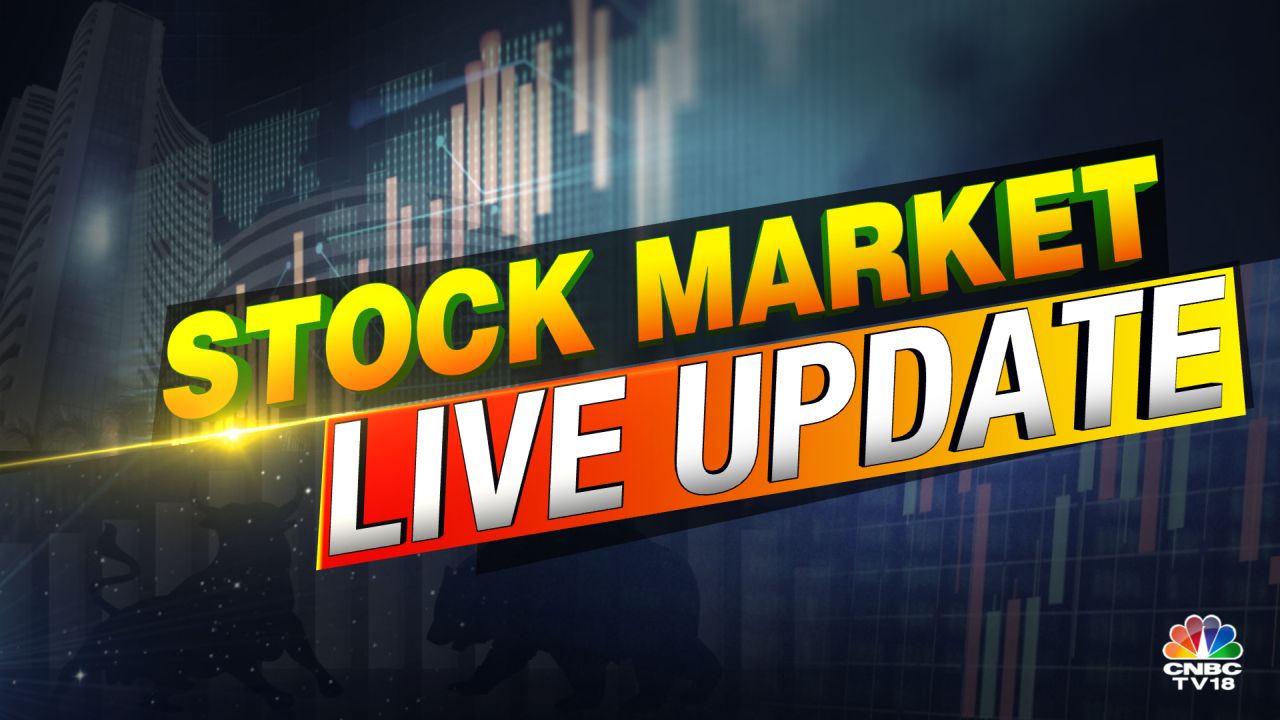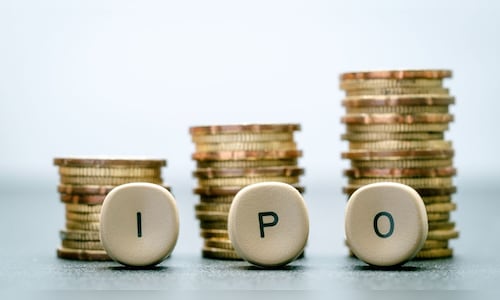Asia’s benchmark equity index crept higher early Tuesday after US stocks rose for a fifth session. Bloomberg’s dollar index held near a one-year high as traders bet the currency will benefit from President-elect Donald Trump’s agenda.
Japanese shares led regional gains, while stocks ticked lower in Australia and South Korea. Futures in Hong Kong pointed down amid disappointment over Chinese stimulus. US stock futures were slightly lower after a decline in technology shares on Monday offset gains in other parts of the market.
Investors in Asia are still digesting Beijing’s latest stimulus package, which relieved some of the debt burden on local governments but lacked the sweeping fiscal support many investors had hoped for. Chinese data published Monday showed that credit expansion slowed more than economists forecast last month.
“The central theme stemming through markets has again been expressing Trump 2.0, with this evolving thematic working concurrently with the sell China vibe that resonates, with further fallout from the lack of demand-driven policies detailed at Friday’s China’s NPC meeting,” Chris Weston, head of research at Pepperstone Group Ltd. in Melbourne, wrote in a note.
The S&P 500 rose 0.1% on Monday, hovering near the 6,000 mark and notching its 51st record this year. The Dow Jones Industrial Average gained 0.7%.
Bitcoin’s record-breaking rally took the digital asset past $89,000 and lifted the overall value of the crypto market above its pandemic-era peak as traders bet on a boom under President-elect Donald Trump.
The next major item on the agenda looks to be US inflation figures due Wednesday. The core consumer price index, which excludes food and energy, likely rose at the same pace on both a monthly and annual basis compared with September’s readings.
Treasury 10-year notes dropped at the open after being closed worldwide on Monday for a US holiday. The yield climbed two basis points to 4.33%. The Bloomberg Dollar Spot Index was little changed after jumping 0.5% Monday. Oil ticked up following its biggest decline in two weeks.
Japanese Prime Minister Shigeru Ishiba on Monday pledged more than $65 billion of support for the nation’s semiconductor and artificial intelligence sector over the next decade. He was speaking at a press briefing after winning a vote in parliament to stay on as premier.
The prime minister said he wanted to spread positive examples of regional revitalization like TSMC’s chip plant in Kumamoto across the nation, and hoped aid for the sector would serve as a catalyst to generate public and private investment of more than ¥50 trillion ($325 billion) over the next 10 years.
Trump Rally
US stocks may rally more into year-end following Trump’s presidential election victory than they did when he won the presidency eight years ago, according to JPMorgan Chase & Co.
“I expect 2024 returns to be larger than 2016,” Andrew Tyler, the bank’s head of US market intelligence, wrote in a note to clients. A big advantage for the S&P 500 is weakness outside the US, with China, the UK, EU, Canada and Mexico all experiencing softer growth than they did back then.
The “animal spirits” being set loose by the economic policies of President-elect Trump will send the S&P 500 to 10,000 by the end of the decade, according to veteran strategist Ed Yardeni.
His bullish prediction, which would represent a 66% surge by 2030, is another sign that Wall Street is growing increasingly optimistic about stock markets in the wake of the US election. Yardeni lifted year-end targets to 6,100 for 2024, 7,000 for 2025 and 8,000 for 2026.
Also Read: Trade Setup for November 12: Who will give Nifty bulls the confidence to sustain at higher levels?

 1 week ago
1 week ago












